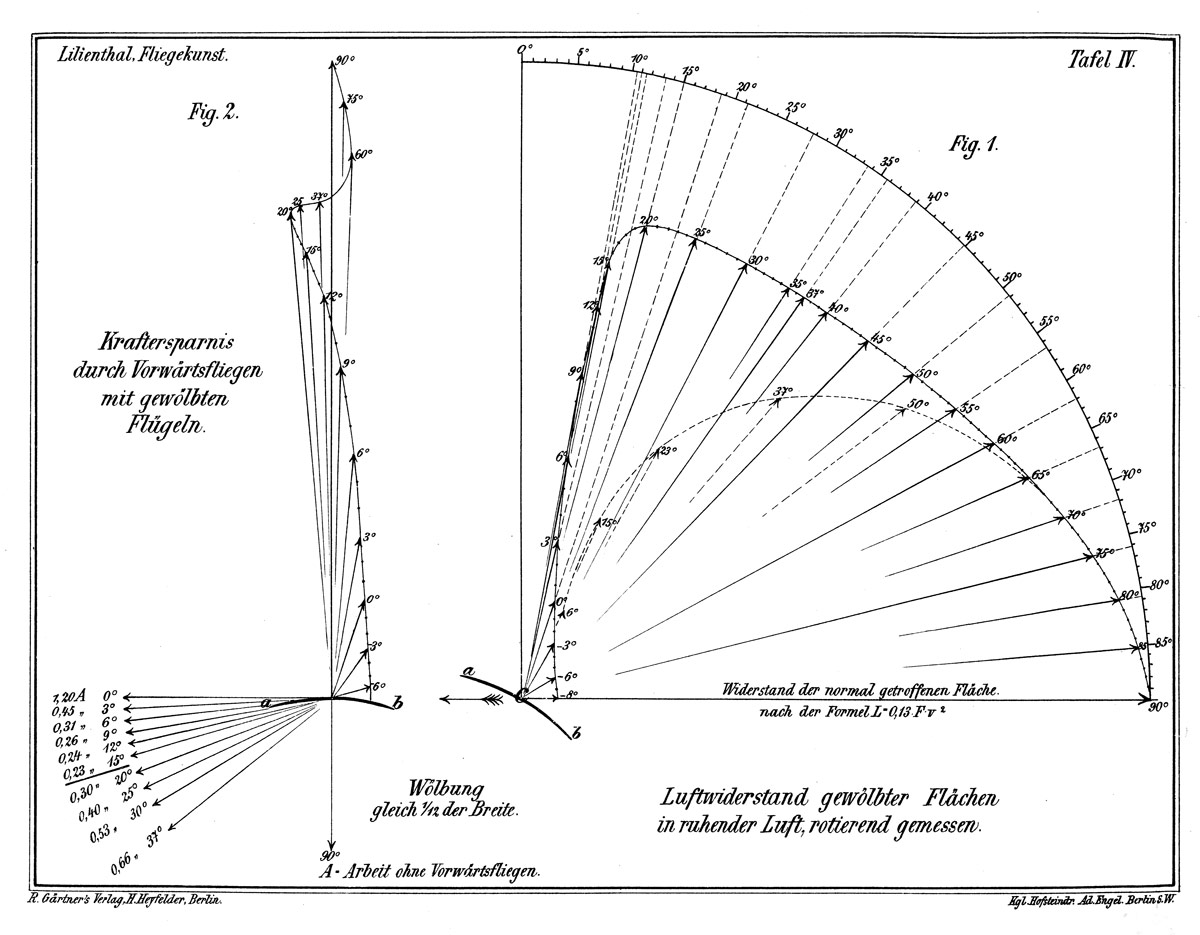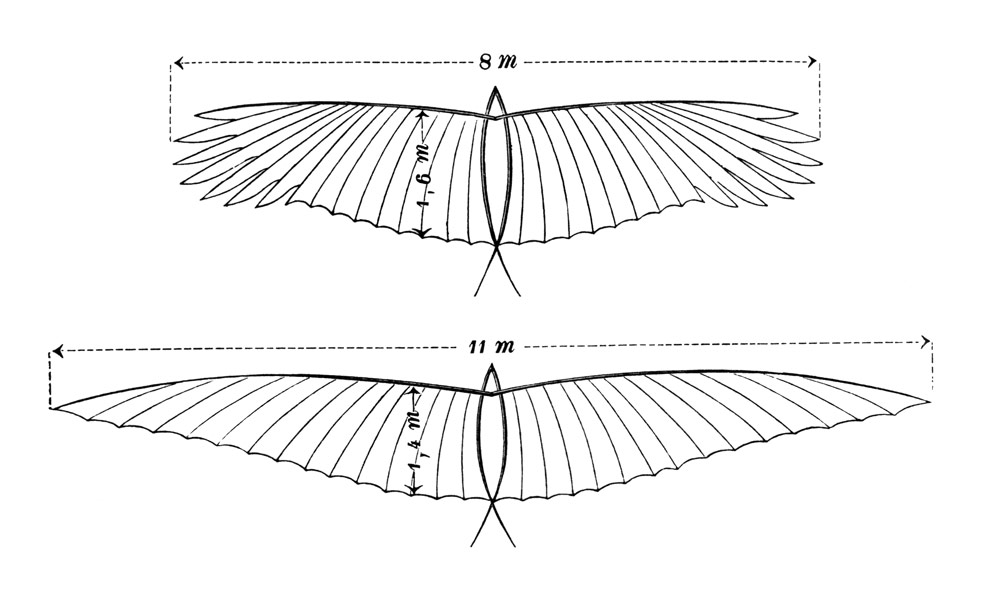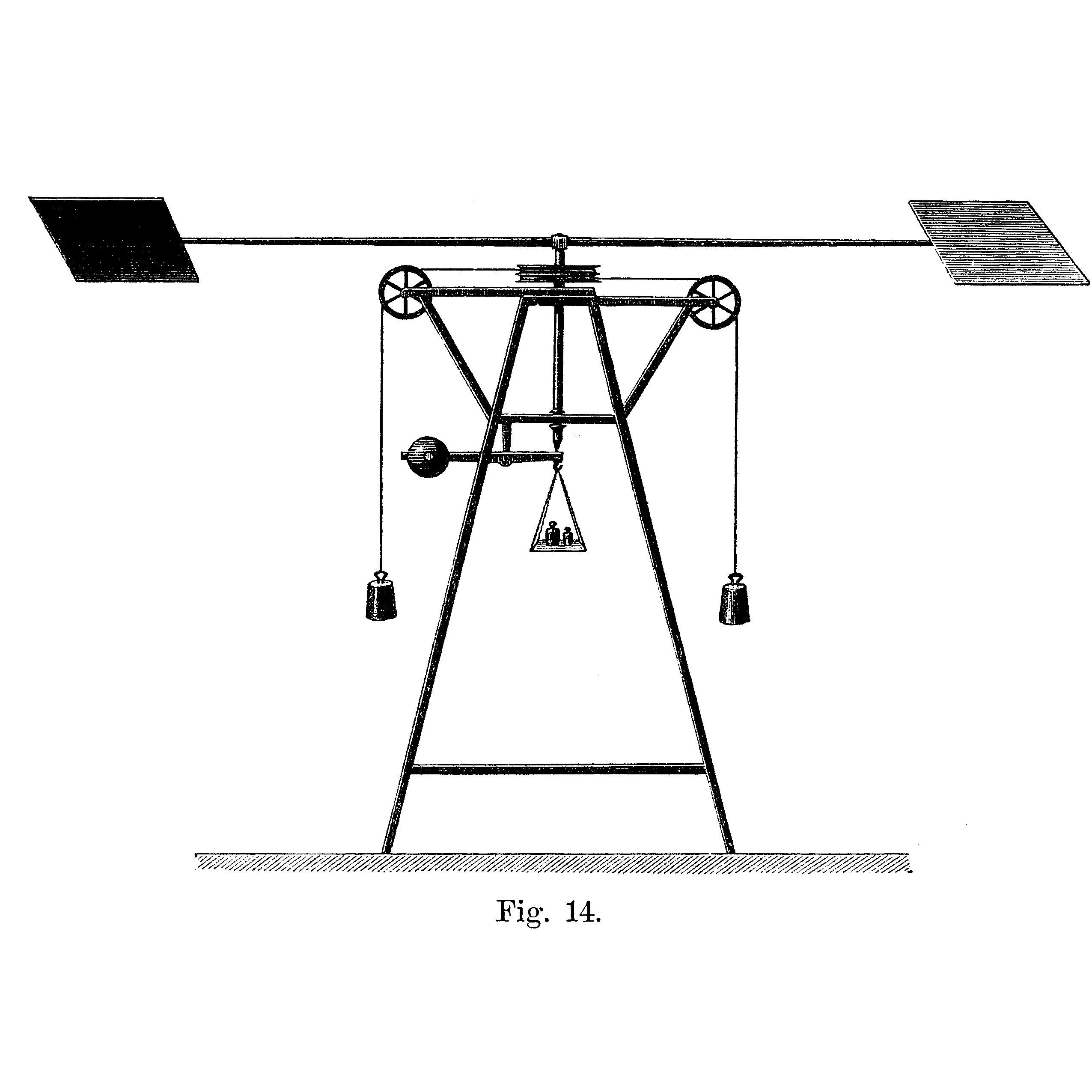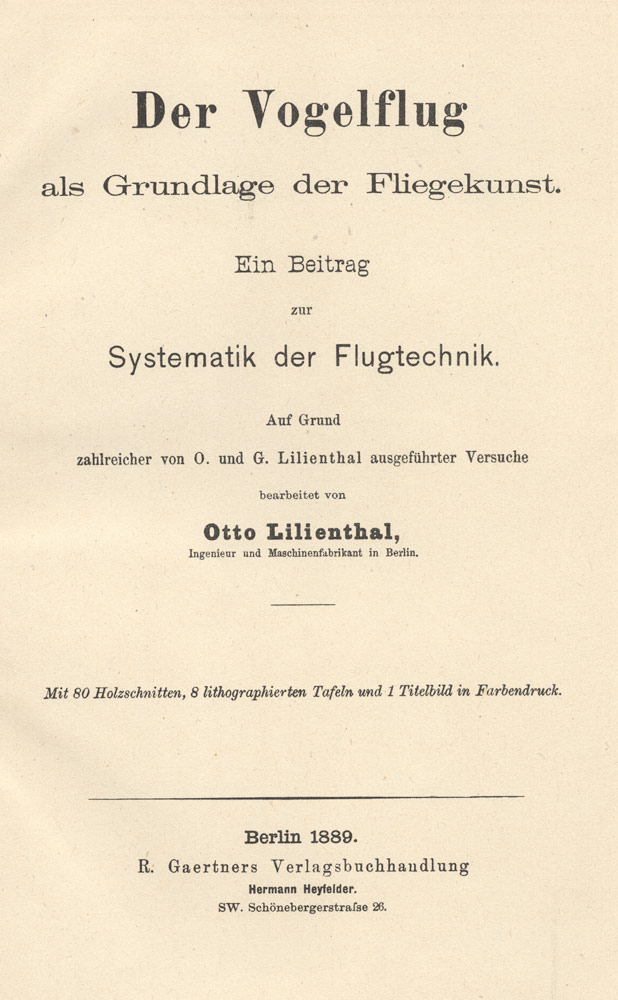![Der Vogelflug als Grundlage der Fliegekunst (1889) [Bird flight as the Basis of Aviation]](https://ikareum.nobj.de/media/pages/stations/a-altar/die-theorie/4b513862b9-1741608436/0.5.1-1_fluegelschlagexp_fig-10_komp.jpg)
Theory
From experiment to construction
From their childhood onwards, the Lilienthal brothers are convinced that self-propelling flight is not limited to birds only. Otto Lilienthal, in particular, does his utmost to prove this in theory and practice. In order to "eavesdrop on the bird's art of flying" he proceeds systematically and with great perseverance: He researches the special body structure of animals, studies their flight performance, their wing stroke and the learning process of young birds trying to fly. He calls the white stork his "master", whom he tries to simulate with his own experimental equipment.
What is the secret of the wing? With their rotating apparatus the Lilienthal brothers try to get to the bottom of this question and to physically describe the properties of the wing. They attach artificial wings to this device and move them through the air. This allows them to experiment with different shapes and materials. By dividing the forces on the wing into a restraining and a lifting component, they develop the concept of describing wings by lift and drag, which still holds true today.
Technical drawing of the rotating apparatus, in: Otto Lilienthal, Der Vogelflug als Grundlage der Fliegekunst (1889) [Bird flight as the Basis of Aviation]
Model wing for aerodynamic force measurements, Otto Lilienthal, Wax, 1888, reproduction according to originals in the Deutsches Museum

Zwei Jahrzehnte widmet Otto Lilienthal der Erforschung des Vogelfluges und seinen systematisch durchgeführten Experimenten. Erst nach sorgfältiger Prüfung und Wiederholung von früheren Messreihen veröffentlicht er sein Buch „Der Vogelflug als Grundlage der Fliegekunst“. Es ist allgemeinverständlich geschrieben und gilt zugleich als die wichtigste flugtheoretische Publikation des 19. Jahrhunderts. Neben zahlreichen technischen Zeichnungen enthält es auch ein Gedicht und ein Aquarell einer „kreisenden Storchenfamilie“ von Otto Lilienthal.
Der Vogelflug als Grundlage der Fliegerei. Ein Beitrag
zur Systematik der Flugtechnik. Auf Grund zahlreicher von O. und G. Lilienthal ausgeführter Versuche, bearbeitet von Otto Lilienthal, Berlin: R. Gaertners Verlagsbuchhandlung, 1889





